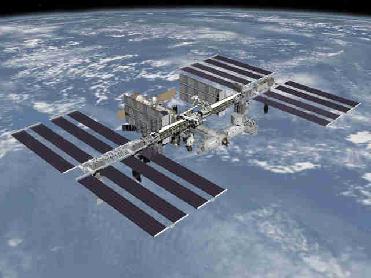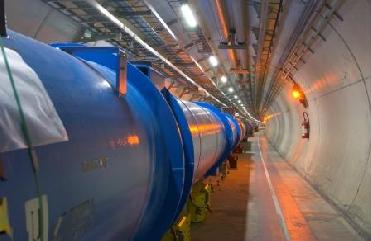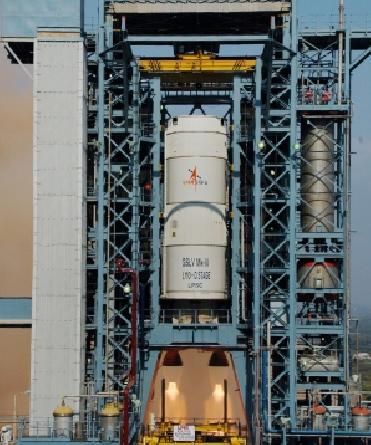
The lunar eletric rover docking with Cabin A for a simulated rescue mission. Image Credit: NASA
WASHINGTON (BNS): In order to make all future manned missions to moon more advanced and convenient, NASA has conducted technology development tests on two of its prototype lunar rovers.
The two-week long Desert RATS or Research and Technology Studies in the Arizona desert at Black Point Lava Flow enable the space agency to analyse and refine technologies and procedures in extreme environments on Earth.
�These tests provide us with crucial information about how our cutting edge vehicles perform in field situations approximating the moon,� said Rob Ambrose, Human Robotic Systems project lead at NASA's Johnson Space Center in Houston. �We learn from them, then go back home to refine the technology and plan the next focus of our research,� he said.
In the latest test, two crew members � an astronaut and a geologist � lived for more than 300 hours inside the prototype Lunar Electric Rover.
The explorers then scouted the area for features of geological interest, donned spacesuits and conducted simulated moonwalks to collect samples. The crew also docked to a simulated habitat, drove the rover across difficult terrain, performed a rescue mission and made a four-day traverse across the lava, NASA said.
Prior to the test, its K10 scout robot identified areas of interest for the crew to explore. The heavy-lift rover Tri-ATHLETE (All-Terrain Hex-Legged Extra-Terrestrial Explorer) carried a habitat mockup to which the rover docked.
NASA has been conducting the Desert RATS tests for over a decade to determine the ways to improve its future manned missions to moon and other destinations in the Solar system.
 Previous Article
Previous Article Next Article
Next Article












The Indian Air Force, in its flight trials evaluation report submitted before the Defence Ministry l..
view articleAn insight into the Medium Multi-Role Combat Aircraft competition...
view articleSky enthusiasts can now spot the International Space Station (ISS) commanded by Indian-American astr..
view article